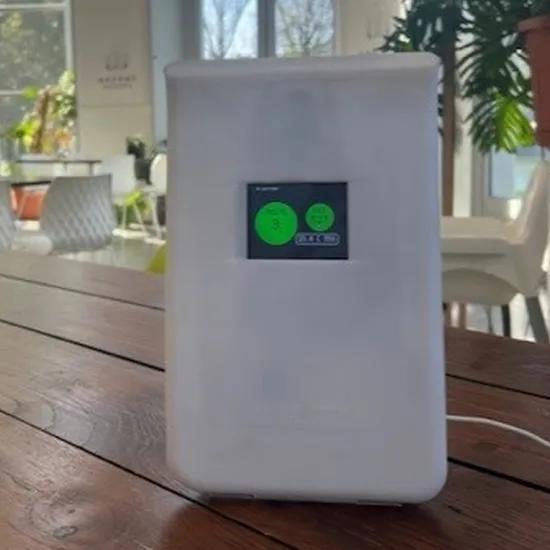5 key capabilities to bring your IoT development to success
Extending a product with IoT has never been easier from a technological viewpoint. Still, product companies engaging in this journey will be facing quite some differences with their current way of working. Find out 5 key capabilities you should have covered if you want to bring your IoT development to success.
While advancements in AI are drawing the attention of developers these days, IoT is being around for some time now and has definitely matured as a technology domain. However, a lot of its potential is still to be unlocked, especially in industrial applications. In many cases IoT is an enabler or even a necessary step towards data and AI implementations. According to market research by IoT Analytics, the most adopted IoT use cases in industry are still the most straightforward ones, like remote monitoring and remote control of products.
The availability of various IoT platforms and of an ecosystem of solution providers for hardware, connectivity, cloud and apps has made it much easier for product companies to build an IoT solution around their product. A lot is technologically feasible nowadays and there is no need to develop the entire solution from scratch. Nevertheless, building an IoT solution can be quite different from the development process that product companies are familiar with. It became evident from the projects Sirris has been doing with them over the years, that companies should acquire the following key capabilities to successfully deal with those differences :
-
Understanding the implications of IoT solutions for the business and the product (and vice versa)
A smart capability may be implemented through different technological solutions. Selecting the right solution concept is tricky without a technological understanding of IoT solution architectures. For example, collecting data from a product may be achieved through a direct short-range connection with a mobile device, through a local network or a direct cellular connection, but these options will be very different in terms of ownership, technical constraints, deployment and management.
-
Keeping the overview of a wide range of digital technologies
Needless to say that the IoT technology stack encompasses a broad range of hardware and software components and technologies. While it is not required to master all these technologies in-house, one needs sufficient knowledge to make informed choices and collaborate with partners and suppliers. Maintaining the overview and making sure there are no loose ends are essential to keep the development on the right track.
-
Managing software development
Extending a product with IoT means more software inside and around the product. Software development is a different ball game: there is more flexibility and at the same time, software needs to be regularly maintained and updated long after the products have been deployed. Companies less familiar with software development tend to overlook such activities and their associated costs.
-
User experience design
IoT solutions require a more user-centric approach than product companies designing technical products may be used to. Capturing user feedback early in the design phase and validating user experience should not be overlooked, especially since software functionalities are difficult to grasp as long as they cannot be experienced.
-
Cross-functional collaboration
The people designing the product, selling the product and servicing the product will need to collaborate more intensely, since the IoT solution to be designed is at the same time the channel to interact with the customers and the gateway to (remotely) service the product.
Avoiding the pitfalls
If you are looking into extending your product with IoT, thinking ahead about the technological development is key to accelerate and de-risk your project, and avoiding the pitfalls that will cost your company extra time and money.
Sirris experts can support you with their insights and best practices acquired from IoT projects they have been involved in over the years.
Interested? Learn more about our services or contact one of our experts directly.




